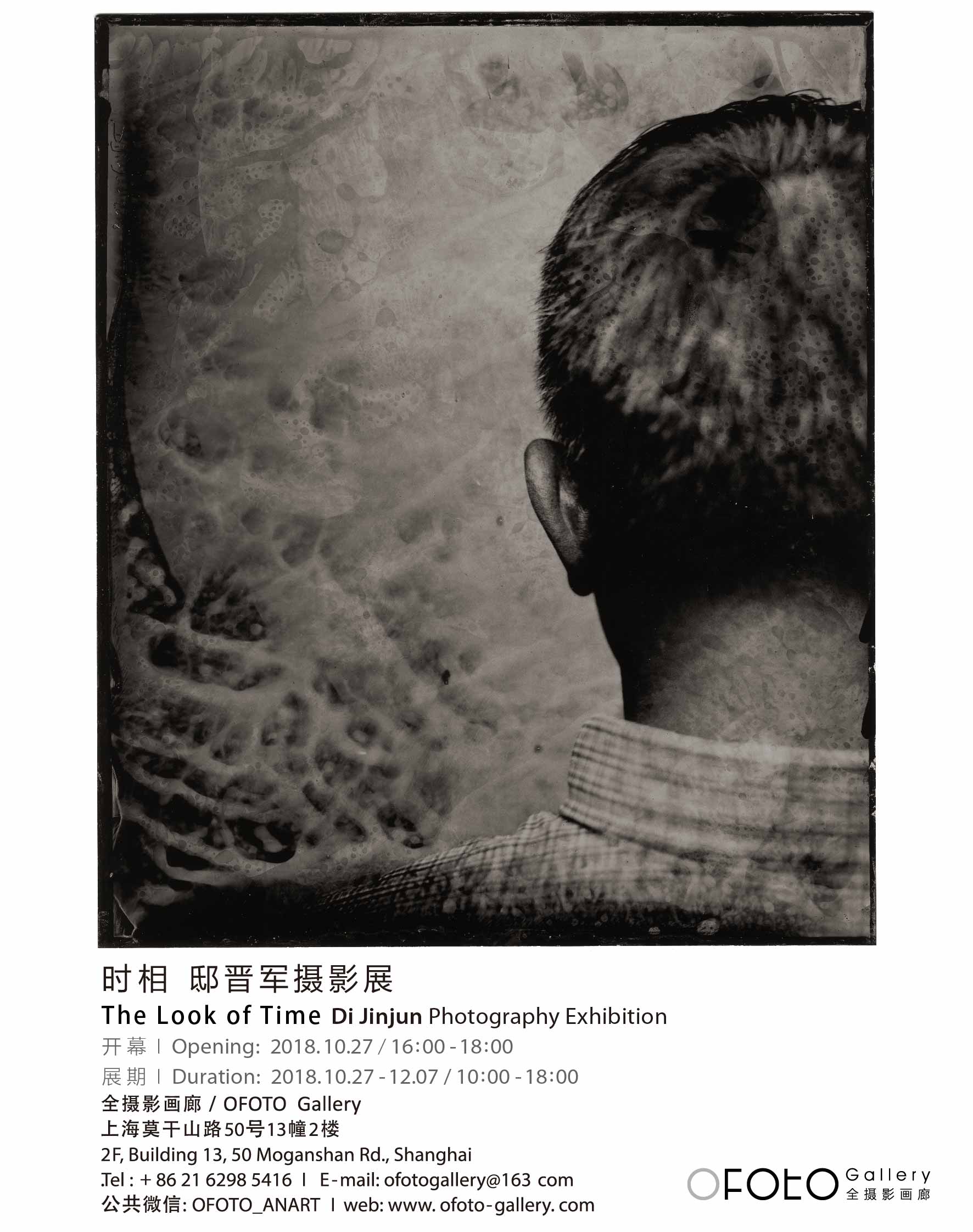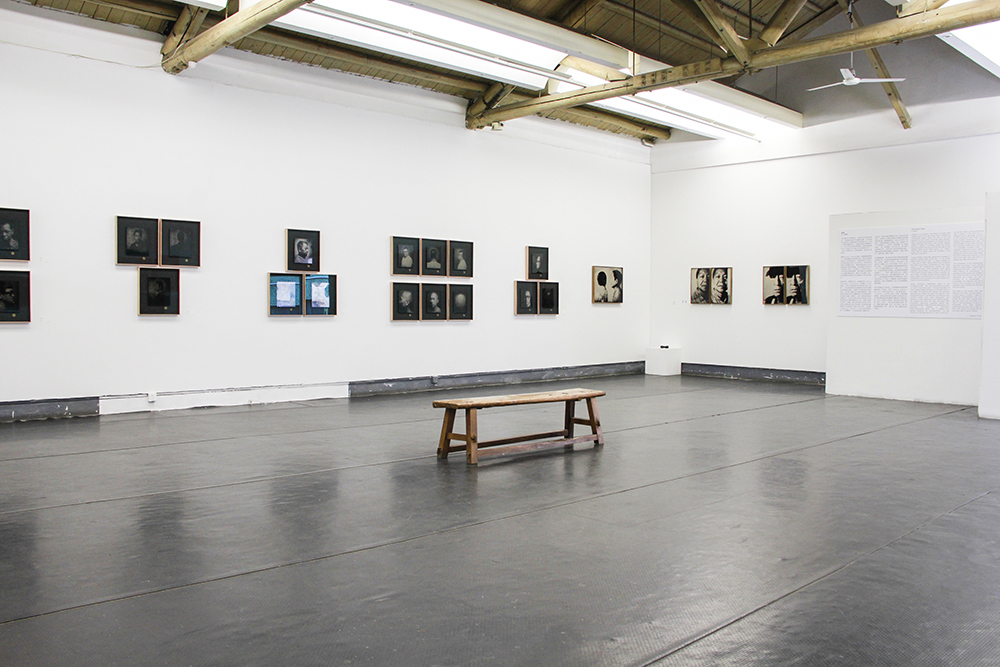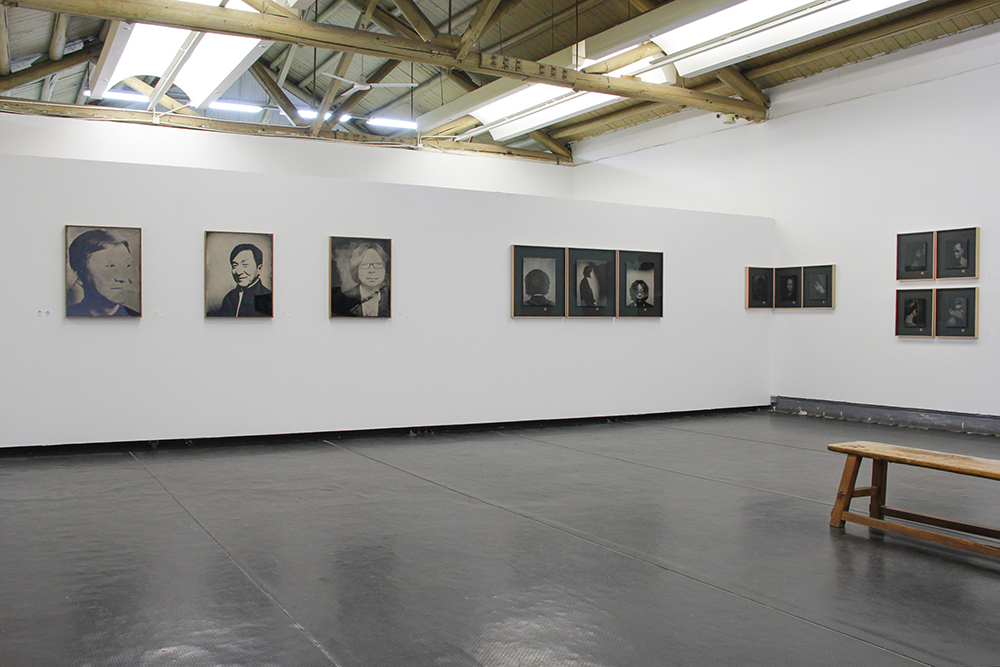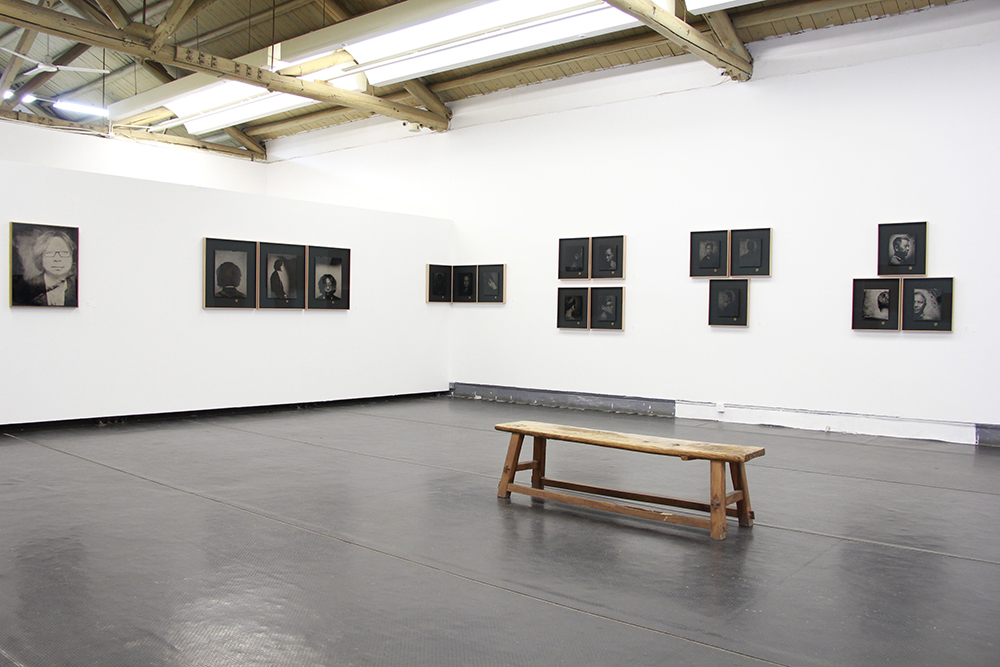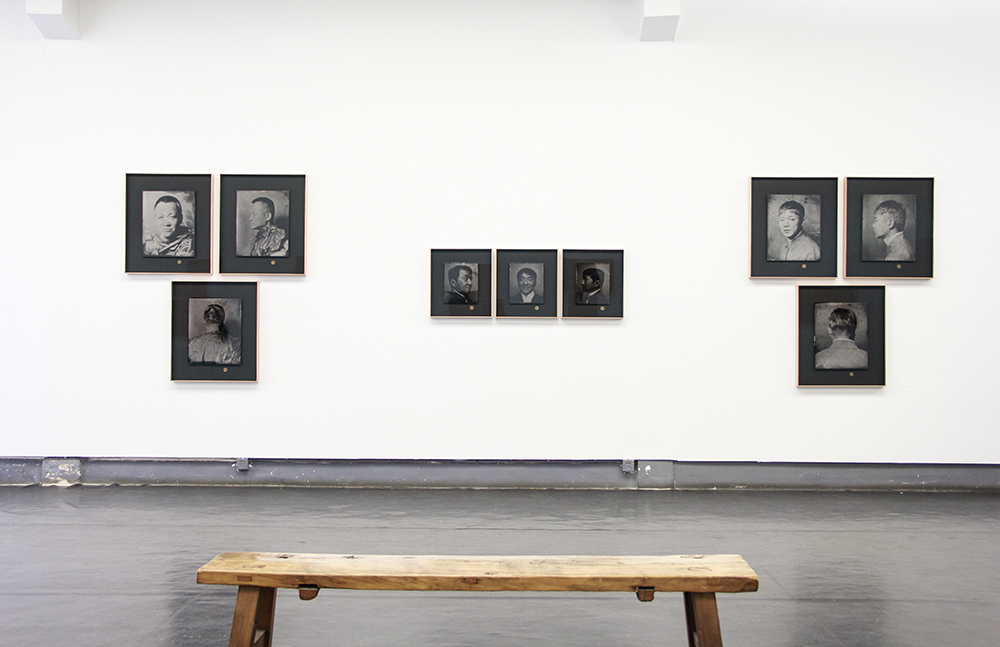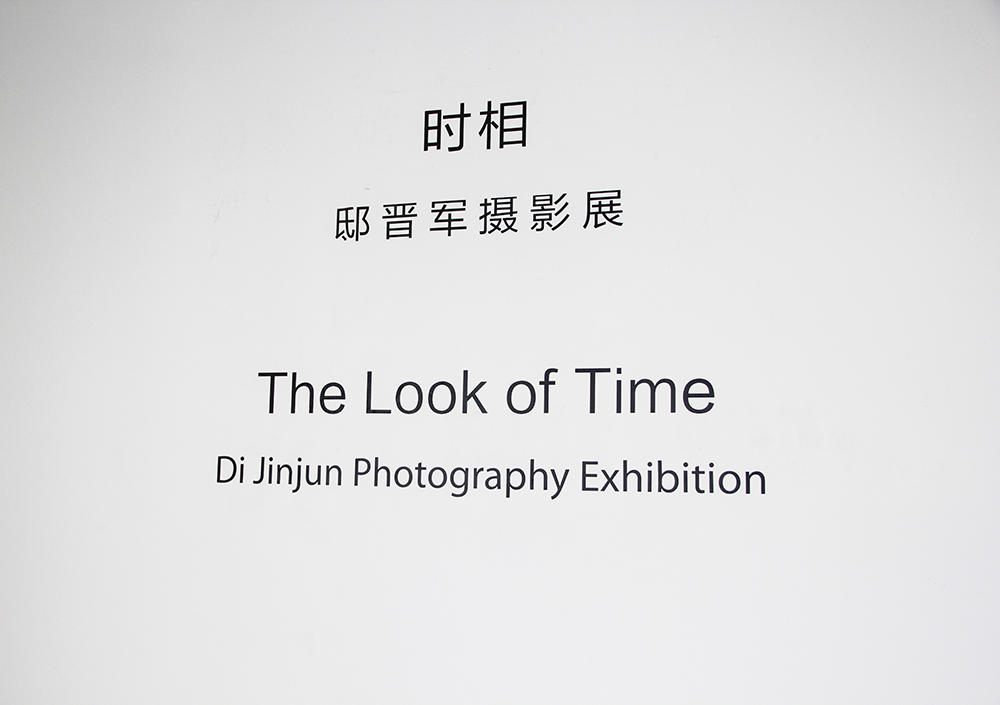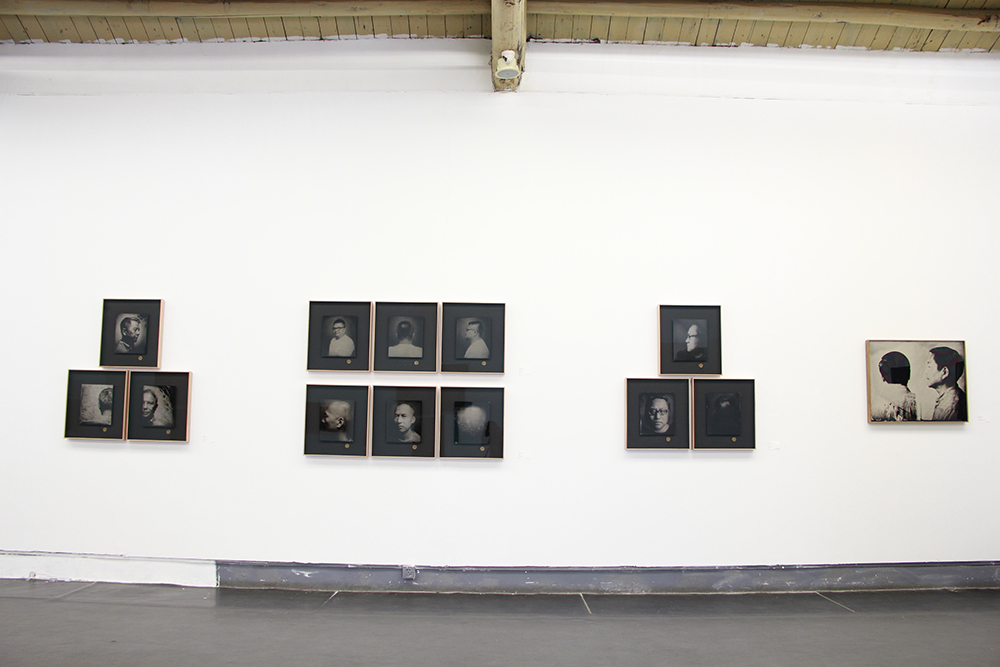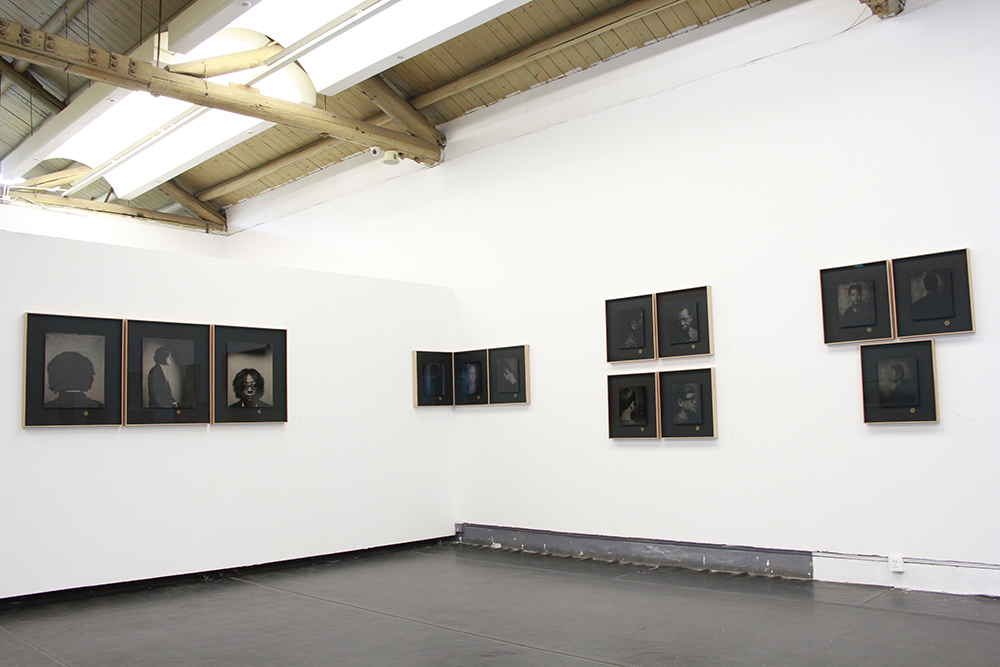The Look of Time
by Di Jinjun
Whether it is the East or the West, no matter what material used in art, the human body is always an unavoidable object. Since the birth of art, the depiction of the human body has never stopped. When a human being appears in an image, his face always becomes the focus. The ancient masters spare no efforts to concisely depict the human face with perfect accuracy and see this task as the ultimate trophy of art. What exactly is a “face"? What kind of effect does one achieve in the depiction of the face?
August Sander shows the tremendous changes in German society after World War I in his photo album Face of Our Time. “The Look of Time” series begins with a truly insightful pillar of the current social, artistic, philosophical, and commercial fields, well-known and leading the trend of the consumer society, and comprehensively stereoscopically photographs the faces of these wise men. Their faces represent the sociality. In this sense "The Look of Time" assorts various fields of today’s society. As the images of faces spread across through the mass media, a certain form of history is being written through the important communication method of "face".
Georg Christoph Lichtenberg notes in his Scrapbooks that “The most entertaining surface on earth is the human face.” The Frenchman Alphonse Bertillon invented the "Betillon Recognition Method" in Paris in 1882, taking a photo of the front and side photos. This method is still in use today. "The Look of Time" series adopts this front and side shooting method, and adds the back view and the left and right stereoscopic viewing modes.This type of creation transcends the "Betillon Recognition Method" and is also a tribute to William Brassey and Charles Wheatstone, who invented the stereo camera as early as 1838.They have left valuable image wealth on human history and changed the way humans view.This all-dimensional stereo shooting and presentation also provides a new path for portrait photography.
The face in "The Look of Time" was slowly fixed on the emulsion film of the glass plate or the tin plate by the early classic wet photography. Due to the uncertainty of the photographic material and the slow process of photographing, the subject has a unique aesthetic. These photos are simple and pure, but they are like wonderful sketches or painted masterpieces. Compared with the recent photos, it can produce a deeper and more lasting influence. The main reason is that the subject has been exposed for a long time, and it has been stationary for a long time and has a comprehensive expression. The exposure process makes the subject not live outside the moment of the picture, but lived into it: during the long exposure, they seem to have settled in the image. These old photos are in absolute contrast with the snapshots of quick photos... the early photos, everything is for a long time. It is also the charm of wet photography. The "Aura " of the subject remains in the photo. After we leave the world, we can still watch the world and talk to the viewer through the "Aura" left by photography. The "live" DNA in the photo whispers with the viewer over a hundred years in the long time river.
"The Look of Time" entangling real faces with suggestive language scenes and blurring temporality, explores contemporary visual contexts fields, accumulating creation and changing the way we see the world. .The faces in "The Look of Time" don't get older, they will only be more worthy of recollection as time goes by. Thomas Macho refers to the face of a public figure as a “Vorbild”. A face is easy to evaporate in the vast sea of people. On the contrary, the recorders of these eras are constantly in their respective industries. Accumulating creation and changing the way we see the world.
The Look of Time retains for the creators the memory, the faces and leaves "Aura". Guiding the creator in the future world, and for life, for ourselves, every face is a unique "I". Every "face" is part of history.
